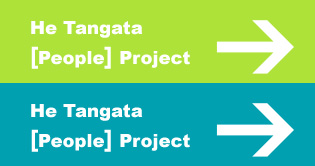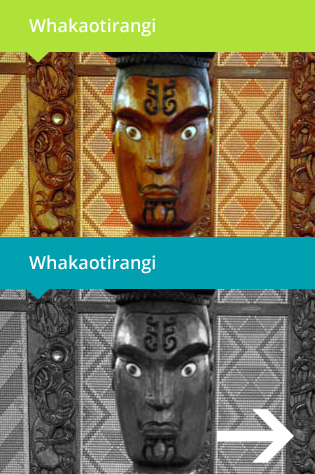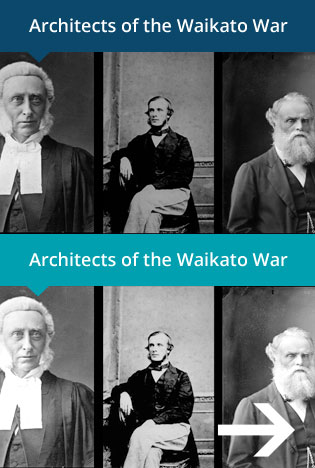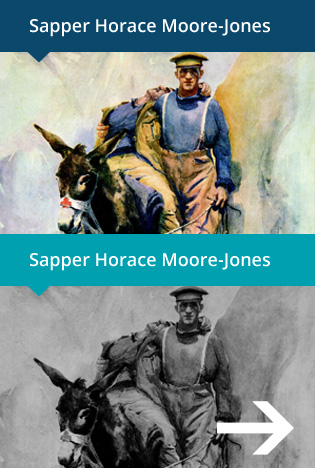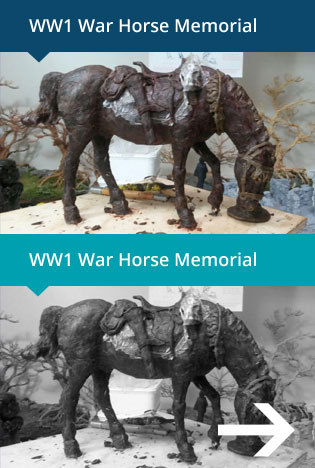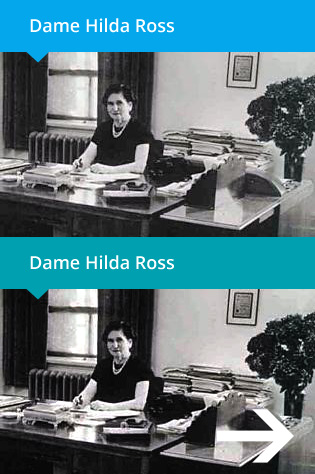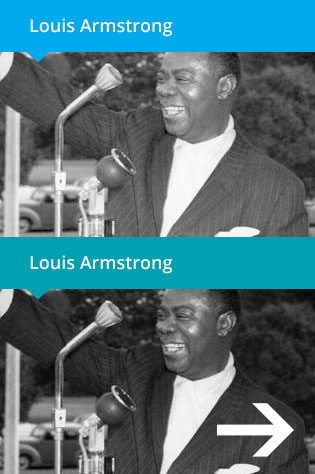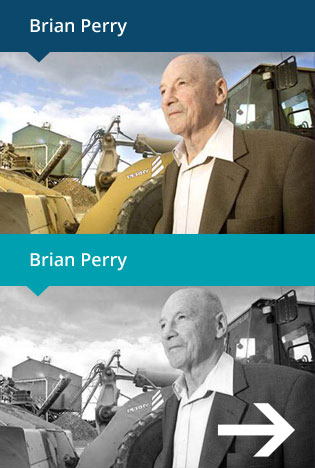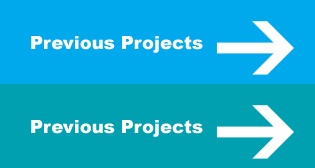- Waikato River – Alternative 10-Year-Plan
Our vision
Hamilton, enriched by the Waikato River, a socially and environmentally responsible city and a good place to live:
- affordable and equitable,
- safe, clean and green,
- where people value cultural diversity,
- celebrate our heritage,
- engage in local affairs,
- and develop a sustainable community for our grandchildren and future generations.
And regionally:
A future where a healthy Waikato River sustains abundant life and prosperous communities who, in turn, are all responsible for restoring and protecting the health and wellbeing of the Waikato River, and all it embraces, for generations to come.
This is the overall vision that drives this Alternative Plan for Hamilton.
Waikato River
Water is today’s gold, the world’s most valuable commodity. Without water, we die.
Locally the Waikato River is our city’s life-giving artery, viewed by Waikato-Tainui metaphorically as their tupuna ancestor and more generally as an environmental and ecological treasure.
Responsibility for the river’s sustainability rests locally with Hamilton City Council, Waikato Regional Council, and the Waikato River Authority (currently co-chaired by Hamilton Mayor Paula Southgate and Maori Ward regional councillor Tipa Mahuta).
The Waikato River Authority was set up on 25 November 2010 under section 22(1) of the Waikato-Tainui Raupatu Claims (Waikato River) Settlement Act 2010 (the Act) and section 23(1) of the Ngāti Tuwharetoa, Raukawa, and Te Arawa River Iwi Waikato River Act 2010. The Act creates a co-governance and co-management framework between the Crown and river iwi.
The Waikato River Authority is the custodian of the Vision and Strategy for the Waikato River (the strategy), which is the direction-setting document for the Waikato River. The strategy formed the cornerstone of the legislation to the settlement between Waikato-Tainui and the Crown.
Waikato Regional Council’s role supports the authority’s strategy, and also covers the city council’s responsibilities relating to activities with adverse effects on the health and wellbeing of the river including destabilisation of the river banks and bed, discharge of contaminants and adverse effects on significant sites, fisheries, flora and fauna, the loss of public access, and the cultural association of the river iwi. There is current concern at the erosion of the river bed.
Auckland wants more of the river’s water (and this is further discussed)
What we want –
Swimming in the River
https://www.stuff.co.nz/waikato-times/news/100923840/innercity-swimming-in-hamiltons-waikato-river-is-all-good-especially-in-the-heat THOMAS MANCH15:40, Jan 28 2018
Over the next decade we recommend a comprehensive and innovative health and wellbeing partnership project bringing together river and people – Waikato and Hamilton, official authorities and community, mindful of the River Strategy, with the following Action Plan to be developed in consultation with current river and riverside users, and take account of history and heritage:
To include:
- Safer swimming zones in currently popular areas
- With associated beach facilities including toilets, picnic tables, barbeques etc
- Remediating, protecting and enhancing riverbanks in these zones
- And with archaeological investigations and research (an ongoing project eventually to include riverbanks throughout the city)
The initial priority zones would include (from south to north)
- Nukuhau (the original river-crossing in the Peacocke area)
- Hammond Park
- Hamilton Gardens (below the lower carpark plus below the Rogers Rose Garden, and we note that the much-discussed Hamilton Gardens Management Plan 2020 had no reference to its beaches and swimming. And all the Themed Gardens have their backs to the river (with a service line carving across the top). Swimming should be given a higher priority than an additional jetty.
- Graham Island
- Wellington Street Beach
- CBD (between Ferrybank and the new jetty, plus around the Memorial Park jetty with a new beach between Gibbons Creek and the stormwater outlet below Parana Park)
- Pine Beach
- Swarbrick Landing
- Other sites to be identified by the public
Concepts recommended include adaptations of Australia’s ‘shark nets’ with border buoys, as well as ‘flow-through frames’ in the manner of Waikato Diocesan’s mid-20th century ‘pool’ (photograph below, from the school archives) and an earlier facility somewhere near Sonning carpark. These safety frames would be parallel to the riverbanks, away from the main current and river traffic, and low-cost in contrast with new conventional pools.
Asking the people
Today’s river swimmers are not part of the sports fraternity and their voices are overlooked. Yet the evidence is there for everyone to see – on site. Snapshot on-the-spot surveys during the summer had 100per cent approval ratings of river swimming. And awareness of the central currents that can test even the best swimmers. The value of ‘lifeguards’ and ‘pool supervisors’ at weekends was suggested (all anticipated at lower cost than conventional city pools), and Simon Gower seems an ideal supervisor (Learn to Swim WT 20.3.21).
Sunday at Hammond Park
Note: Hamilton Garden’s main beach area requires urgent attention, with significant erosion and tree fall in the last two years at the southern end. A retaining wall could be included in a new safer swimming project’ there. (And some weeding out of the Deadly Nightshade edging the main walkway down from the carpark).
Retention of a ‘natural’ environment was strongly favoured, over the ‘heavily man-made design style of Hamilton Garden’s theme gardens and Victoria in the River). Grass and shade trees in a ‘bush-like’ atmosphere’ is preferred.
Funding: $25million 2021-31 (by substitution)
Hamilton City Council plans to spend another $6million on a dome over the Waterworld Outdoor pool at Te Rapa (after the $10million revamp two years ago). There’s another plan for a new $26 million leisure pool as well, plus the commercially operated pool for Rototuna. As well as years of denials to public requests to reopen and upgrade the CBD Municipal Pools.
Council’s rationale is a lack of ‘lane swimming’. Many school pools have closed because of government-driven red tape increasing costs, with swim lessons driven into the private sector.
However, noting the thousands of home pools in the city, the most popular swimming in the city is along the banks of the Waikato River, and that’s been the case ever since people have lived here. Yet the only plans from the council are around $4million to terrace the land at Wellington Street beach, plus a new $3million jetty at Hamilton Gardens. Then there is the $14million for further themed gardens at Hamilton Gardens, and the $69 million for stadia upgrades, all of which could be combed for a better spend on the river.
These plans should be deferred in favour of a river swimming strategy, programming the development of safe swimming areas at popular Waikato River beaches within the city and with associated riverside conservation and recreation facilities, all this in liaison with users (as outlined).
We also support those who have submitted against the proposed $5 parking charge for the Hamilton Gardens, and suggest reconsideration of a Hamilton Card. A local ‘passport’ is common in many countries, and here could be an extension of the current library card, used to offer special promotions to council facilities (swimming, the zoo etc), and also be available for purchase by those in the peri-urban area (at special rates like the library currently), or for a ‘season’ by visitors.
As well – associated recommendations:
Municipal Pool – Water Quadrant
The ongoing agonising over what to do with the Municipal Pools requires resolution. The concept of conversion into a Water Quadrant is deserving of further study. Plus, its fit with John Heskett’s Sky Tower (a better site than overshadowing the museum, particularly when a $4million entrance upgrade is proposed) and John Cook’s Waikato River interactive model (which could flow into the Celebrating Age Centre…)
Hamilton Girls’ High School Partner Pool
Partnership with Hamilton Girls’ High for a partner community pool has been talked about for decades – to open up early morning, evenings and weekends to the swimming public who want lane swimming. Yes or No in the next decade?
Lake Rotoroa
In addition to the swales planned for Hamilton’s Lake Rotoroa, there’s the old dream to recreate swim-ability in the hugely popular fashion of the mid-20th century. The recreation of a toddler’s paddling pool at the eastern end near the playground is not a new idea but now may prove to be a magic wand – another beach instead of stones, separately reticulated and safe and a fine reason to cull some of the ducks and geese….
Frankton Hot Springs
Once (until the 1960s) there was an artesian hot water pool shared with the locals in Rifle Range Road. The late engineer Robin Bisley provided the council with Geotech plans illustrating the location of some bores confirming hot underground springs – including in the CBD close to the river between Bryce and Alma Street. There was some talk of including a spa facility in the Novotel Hotel. It is timely to renew this research….
* * *
Other River Projects – Refer separate items
2A. Car-free Bridge and the East Link (Town to Gown) (pg 40)
A car-free bridge across the Waikato River linking the CBD to the east is long overdue as a key element in the cross-city walking and cycling network and illustrates innovative and integrated strategies in the face of climate change and new Government requirements.
We support the concept and recommend the three options outlined be reviewed along with the funding requirements in an overall socially and ecologically enhancing off-street transport financing package in association with the Transport Agency Waka Kotahi and that $13million be retained in the 10-Year-Plan.
2B. Waikato River Canal project (Hamilton-Auckland Corridor)
We support the recommendation for the development of an Independent Business Case for the Waikato River Canal Project, taking into account Auckland’s potable water requirements as well as transportation usage and innovations along with community benefits through the harbour connections.
